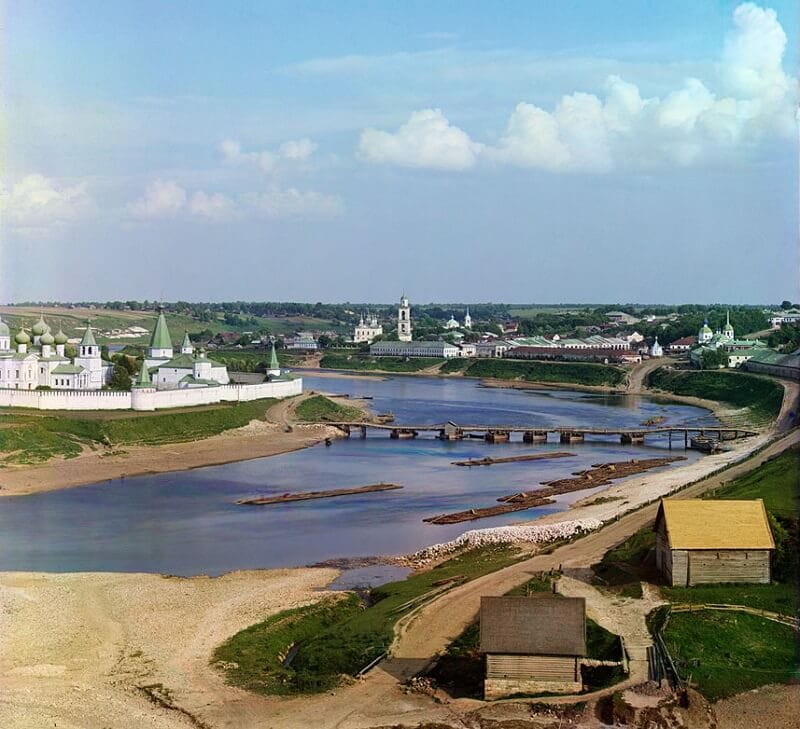The river Volga, Europe’s longest river is 3,690 kilometers long and flows through a single country, Russia, from the Valdai Plateau all the way into the Caspian Sea.
The river is fed by snow water (about 60%), groundwater (30%) and rainwater (10%).
Some of Russia’s most important cities lie on the Volga, including Nizhny Novgorod, Kazan, Volgograd, and Astrakhan.
After the Volga, Europe’s longest river, the Danube (2,860 km), the Ural (2,428 km), the Dnieper (2,290 km), and the Don (1,950 km) are the largest rivers on the continent.
Europe’s longest river has 200 tributaries
The name “Volga” comes from the Proto-Slavic “vòlga”, meaning “water, wet”. Its watershed covers a huge 1.35 million square kilometers, is made up of 151,000 permanent and temporary rivers and streams and lies almost entirely within Russia.
According to the Encyclopedia Britannica, the river is fed by about 200 tributaries, most of which join the Volga on its left side. The most important tributaries are the Kama, Oka, Vetluga and Sura.
Due to the low temperatures in Russia, the Volga River freezes for almost its entire length for 3 months of the year.

Volga, from forests to the steppe
The Volga’s watershed is home to four distinct geographical areas:
– the area of dense, swampy forests (from the springs to the cities of Nizhny Novgorod and Kazan)
– steppe forest (continuing from the two cities to Samara and Saratov)
– steppe (from Samara and Saratov to Volgograd)
– the semi-desert area of the Caspian Sea
The Volga is navigable for about 3,200 kilometers and is heavily used for transport (building materials, petroleum products, coal, food, salt, tractors and agricultural implements, machinery, fertilizers and other chemicals).
The Volga Delta
The Volga Delta is also impressive. It is 160 kilometers wide and includes no fewer than 500 canals and smaller rivers. At its mouth at the Caspian Sea, the Volga forms the largest estuary in Europe. The Volga Delta is the only place in Russia where pelicans, flamingos, and lotus flowers live.
The Volga Delta is the largest delta in Europe. Its area has increased significantly in the 20th century due to changes in the Caspian Sea, according to Wikipedia.org. For example, in 1880, the delta was only 3,222 square kilometers in size, while today it covers an area of 27,224 square kilometers (for comparison, the Danube Delta is 4,152 square kilometers).
The Volga Delta has been protected since the early 1900s, when one of the first reserves in Russia was established here in 1919 (Astrakhan Nature Reserve). It is home to waterfowl, but also to birds of prey and endangered fish such as sturgeons.

The Volga River was known in classical antiquity (e.g. by the geographer Ptolemy, who lived in the 2nd century AD), but also by Arab geographers of the 10th and 11th centuries.
In 1700, the flow of the river was first measured by the Englishman John Perry. Between 1782 and 1783, two Russian navigators, the pioneers Makeyev and Gavril Andreevich Sarichev, surveyed the river between the towns of Tver and Nizhny Novgorod.
Between 1809 and 1817 and in 1829, the Maritime Bureau surveyed the Volga Delta and measured its depth. Numerous institutions carried out hydrographic and hydrometric surveys during and after the Soviet period, and 500 points were established for monitoring the Volga’s level.


